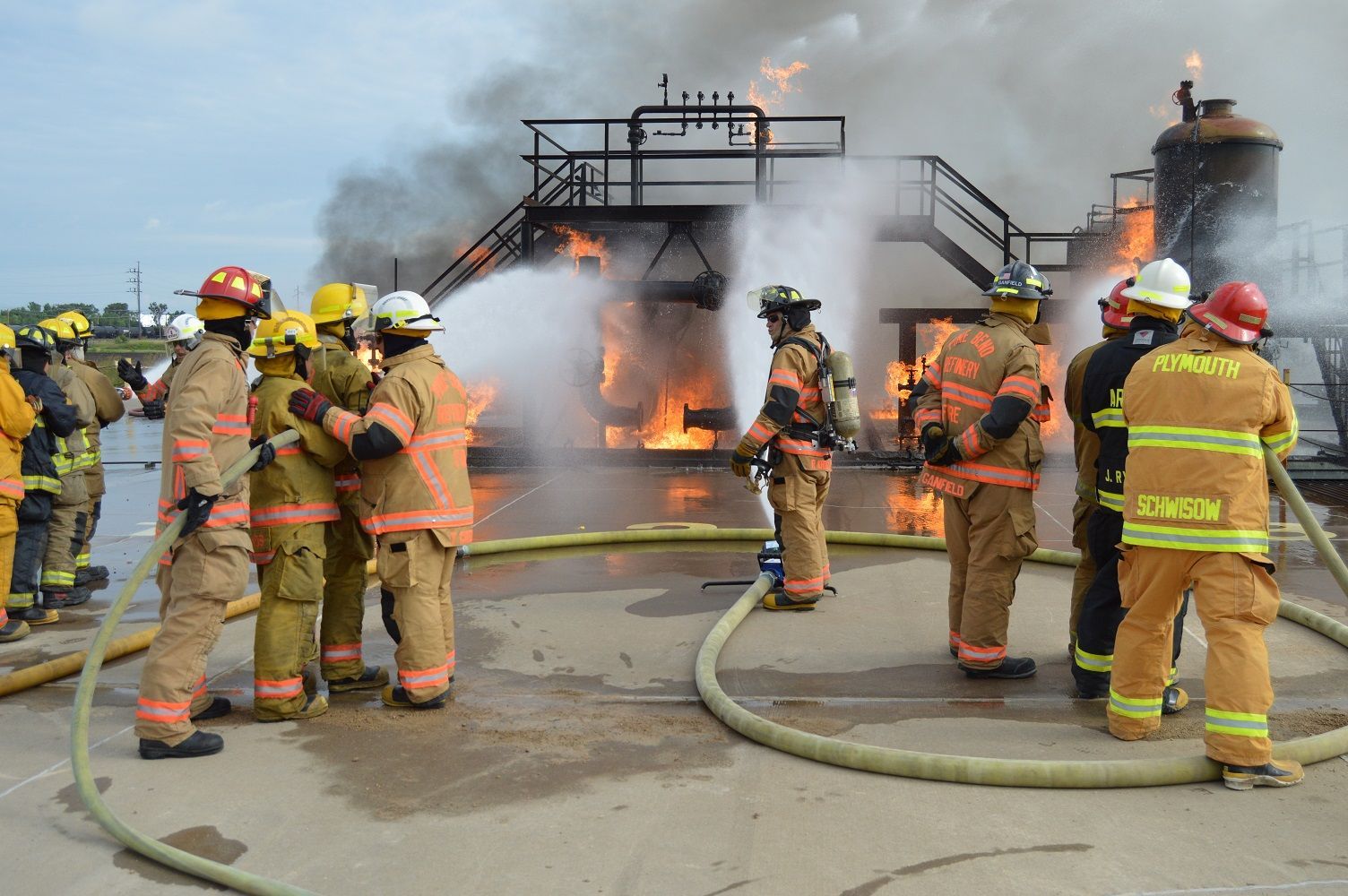Fire prevention measures is a top priority for any property owner. Two key components of fire safety are automatic fire suppression systems and brigade drills. While sprinkler systems act to control fires, organized fire response units handle emergencies effectively.
How Do Automatic Fire Suppression Systems Work?
Fire sprinklers act automatically by managing water flow when triggered by sensors. Each spray outlet targets specific areas, localizing the response.

Components of a sprinkler system include:
- Water dispersion outlets: Release water to combat fires.
- Piping network: Supplies water to fire zones.
- Fire suppression control units: Ensure proper activation.
- Emergency water tanks: Supports continuous flow.
The Importance of Emergency Preparedness Programs
Fire brigade training trains teams to act quickly during crises. Training exercises develop confidence, ensuring swift action during dangerous conditions.

Primary components of fire brigade training include:
- Hazard identification training: Minimizing potential dangers.
- Evacuation procedures: Practicing quick evacuation.
- Using firefighting tools: Gaining confidence in fire control.
- Team coordination: Executing plans as a team.
Quais são os tipos de sprinkler?
How Sprinkler Systems and Fire Brigade Training Work Together
Combining sprinkler systems with brigade drills enhances fire protection efforts. Sprinklers suppress flames quickly, while prepared teams protect lives and property.

This dual approach offers unparalleled fire safety for homes, offices, and large-scale operations alike.
Why Fire Safety Technology and Emergency Preparedness Are Essential
Equipping your property with fire suppression technology and providing fire brigade training ensures a safer future. Working hand-in-hand, these approaches reduce property damage.
Start improving your fire safety today by consulting fire suppression experts and organizing emergency response drills. Preparedness is the key to protection!